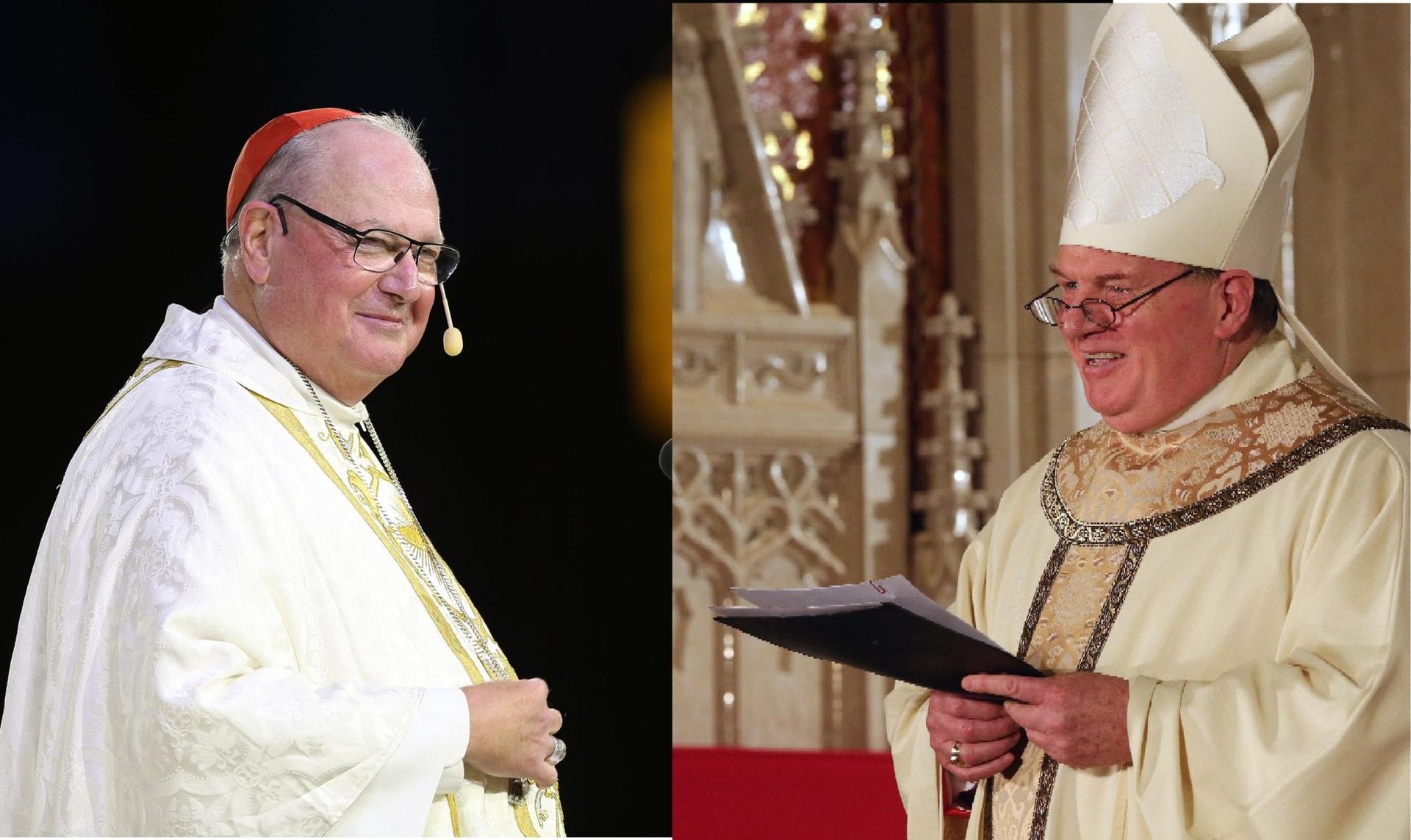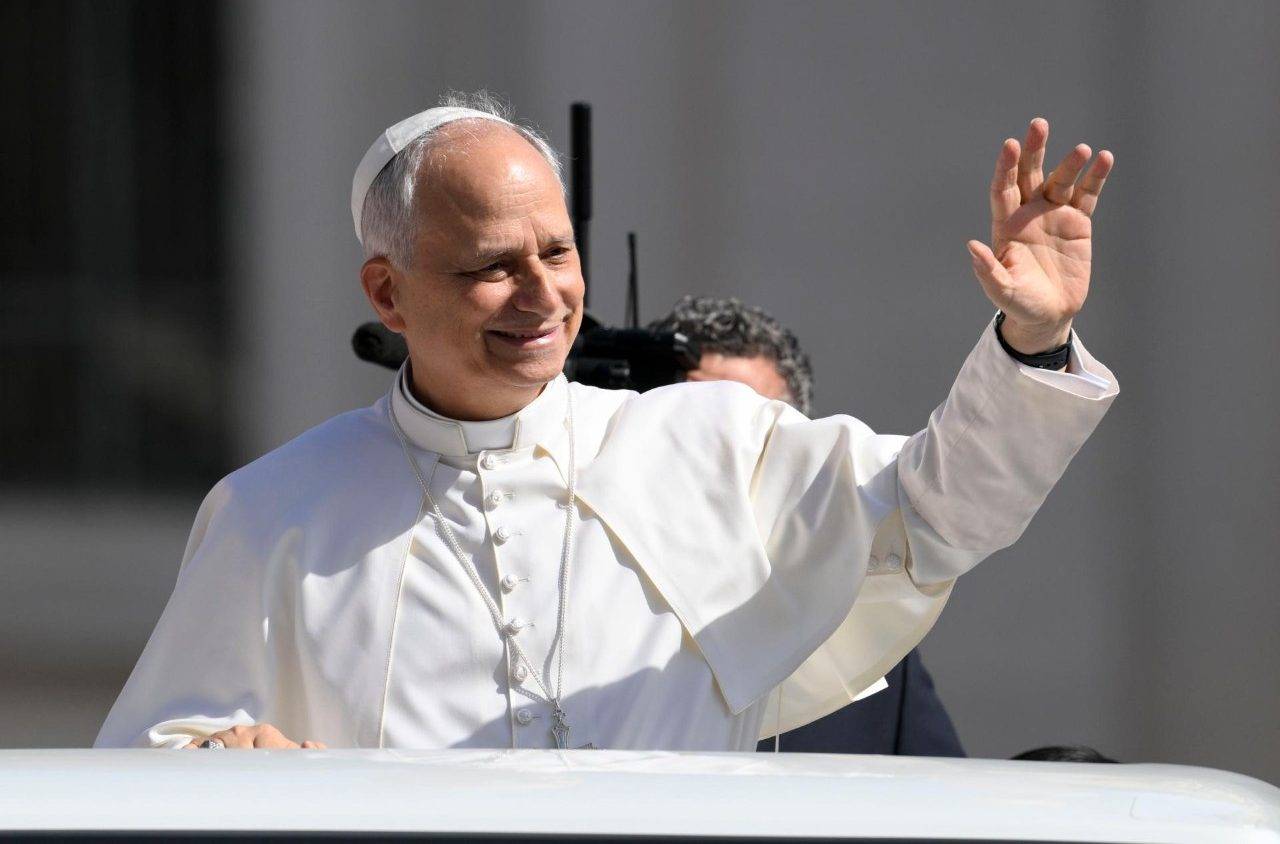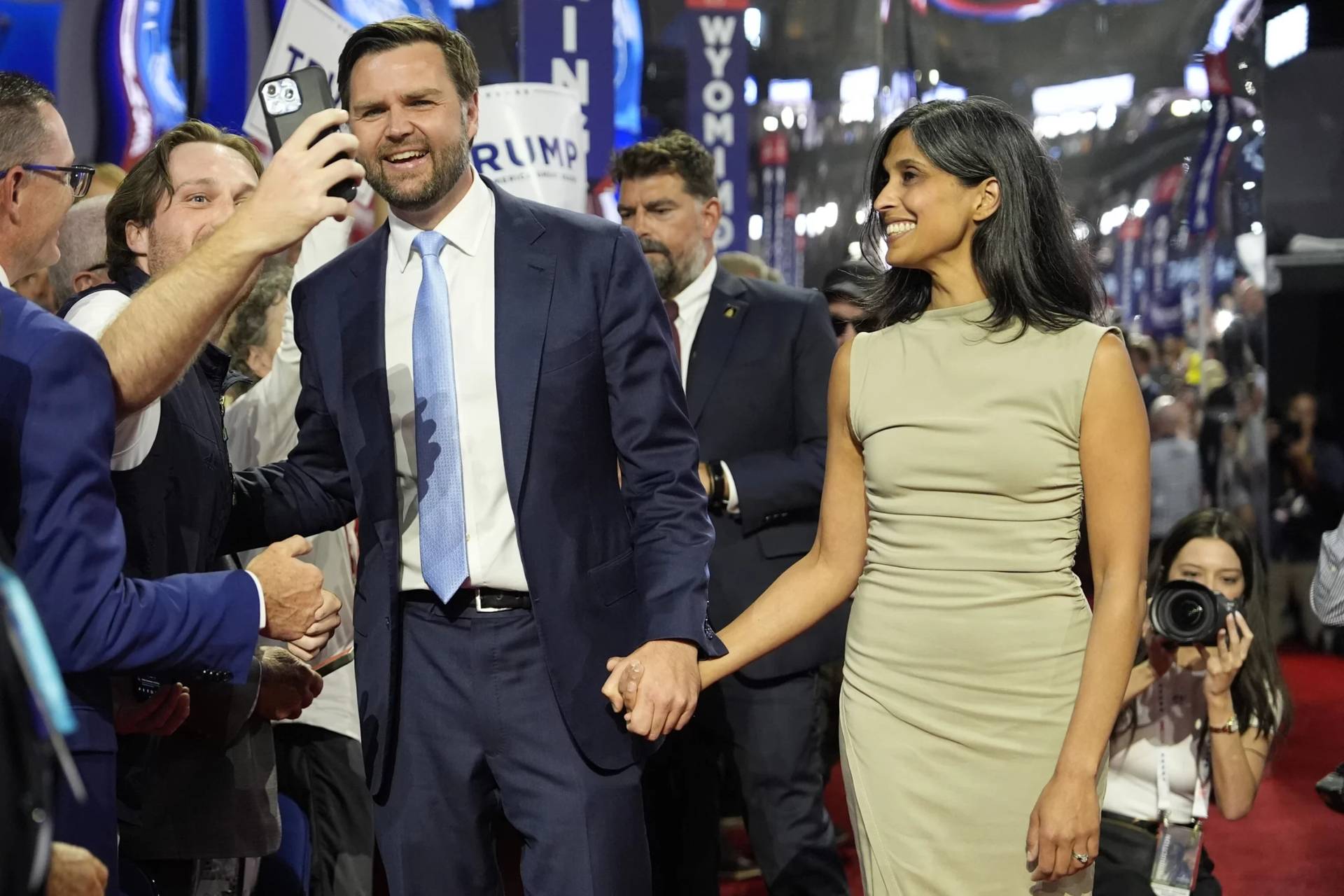On Sunday, the New York Times carried a piece about two Catholic heavyweights in the Big Apple area: Cardinals Timothy Dolan of New York and Joseph Tobin of Newark, New Jersey. The gist was to suggest that the two are a study in contrasts, with the headline reading, “Cardinals on Opposite Sides of the Hudson Reflect Two Paths of Catholicism.”
Before getting underway, two points in the interests of full disclosure.
First, I was quoted in the piece, so I’m not approaching this as a disinterested party. Second, I’ve known both Dolan and Tobin for years, consider both personal friends as well as newsmakers, and thus cannot pretend to objectivity in that sense either.
At one level, the article is certainly onto something in asserting that Dolan and Tobin “appeal to two very different constituencies.” It’s undeniable that Tobin plays better with many liberals, and Dolan better with many (though certainly not all) conservatives. Further, their instincts sometimes lead them in opposite directions, as in a recent debate within the U.S. bishops’ conference about making an ad hoc committee on religious freedom permanent.
There are also some personal contrasts, such as the fact that Tobin is a bit more of a hands-on manager, while Dolan is someone who prioritizes mission over maintenance and is often content to leave the administrative details to others.
However, here’s what wasn’t stressed enough, at least as I saw it: Fundamentally, these two cardinals have more in common than whatever divides them, and both are temperamentally inclined to emphasize the former over the latter every day of the week and twice on Sunday.
In fact, I’d suggest that Dolan and Tobin capture in microcosm – though, honestly, not all that micro, since they’re both really big guys – a fundamental truth about the American church that often flies below radar, which is that, yes, we’ve got our differences, but rational people aren’t always inclined to see those differences as divisions.
For instance, the article opens by suggesting a strong contrast in how Dolan and Tobin approach LGBTQ issues, and later on describes Tobin’s decision to welcome an LGBTQ pilgrimage to Newark’s Cathedral of the Sacred Heart and the blowback it generated.
What’s lacking in that account are two key points.
First, Dolan has received at least as much criticism as Tobin, if not more, from conservative elements of the Church for his decision to take part in St. Patrick’s Day parades in New York that include openly gay groups, which is consistent with his basic philosophy of trying as much as possible to keep lines of communication open with everyone.
Second, Tobin is no more “fuzzy” about Church teaching on marriage than Dolan, and didn’t see his choice to welcome the pilgrimage as a prelude to doctrinal revolution.
“If anybody asks me, I preach what the Church preaches, and teach what the Church teaches, and believe it with great serenity,” he told Crux in a recent interview, adding that “I don’t presume that every person who identifies him or herself as LGBTQ is sexually active. If they’re attempting to live a chaste life, then they certainly need the support of the believing community, a chance to pray, and to know that they’re welcomed within the body of Christ.”
If that’s somehow innovative, then you might as well color Dolan and virtually every other Catholic bishop in the country as revolutionaries too.
Most basically, here’s what you need to know about Dolan and Tobin: In most of the ways that really matter, they’re basically two versions of the same guy.
Both are populists, comfortable around ordinary people, not drunk on their own importance, and wield a lively sense of humor. (Granted, Tobin has more of a soft sell, while Dolan is sort of a Henny Youngman king of the one-liners, but they’re both into self-deprecating humor above all.)
Both come from basically blue-collar backgrounds, Dolan growing up in St. Louis and Tobin in Detroit. Both, by dint of instinct and experience, are schooled in bringing disparate sorts of people together – Dolan a former seminary rector, Tobin a religious superior.
Both Dolan and Tobin have their views of things, but they also have the capacity to stand back from their own opinions and give real consideration to others. In Dolan’s case, that’s partly a result of earning a Ph.D. in Church history under Monsignor John Tracy Ellis, which fostered the discipline of seeking to understand where people come from before passing judgment. For Tobin, it was the experience of governing the worldwide Redemptorist order, learning quickly that his American perspective was hardly the only way of sizing things up.
Both care deeply about the people around them. For instance, I’m quoted as saying that Dolan has “zero interest” in the nuts-and-bolts details of how priest assignments are made, which is an unfair way to put things, because he spends an immense amount of time on where priests serve, even if he also respects the judgments of the people around and under him on how those calls ought to be made.
In any event, this emphatically doesn’t mean he lacks interest in his priests. On the contrary, I vividly remember being in an SUV with him toward the end of a grueling day shortly after he got to New York, as he was en route to a meeting with parishioners in Westchester County. That hour or so in the car was really the only down time he’d had all day, and I thought maybe he’d want to nap, or catch up on some reading, or do whatever ordinary people do.
Instead, he spent the time calling every priest in the archdiocese who had a birthday that day, letting them know their archbishop was thinking about them.
Both Dolan and Tobin are also instinctively reconcilers, personality types who don’t go looking for fights or heads to knock. Dolan credits that element of his makeup in part to his dad, who was in the habit of inviting everybody in his St. Louis neighborhood, regardless of their background or politics, over to his backyard BBQ pit.
“I was raised in a climate in which you figure there’s not too many things in life that can’t be solved, or at least calmed down, over a couple of beers and a cheeseburger on the patio,” he told me in a 2011 interview book.
“We need to be constantly reaching out, constantly be willing to talk, constantly striving to make our lofty language about the Church as a family a reality,” he said, adding that if he had to choose, he’d prioritize extending a hand to the fallen-away and the disaffected over preaching to the choir, because, he said, that’s what the Gospel calls him to do.
Close your eyes, and you easily could think you’re listening to Tobin, too.
In fact, here’s what Tobin told Crux: “I feel that it’s my job to welcome people. When I received the crozier in St. Peter’s in Rome, what I did was say a prayer that says, ‘You’re to be attentive to the hearts of the people entrusted to you.’”
Finally, both Dolan and Tobin are deeply respectful of others, and don’t want to be put in a situation in which they’re gaining points at someone else’s expense.
Without violating any confidences, I can say that when Dolan first arrived in New York, there was a tendency in some quarters to compare him favorably to his predecessor, Cardinal Edward Egan, and Dolan went to great lengths not to fuel it. Likewise, Tobin told us recently that he doesn’t want to be pitted against Dolan, and won’t go along with any attempt to do so. (Note that he declined to be interviewed for the Times piece.)
What we’ve got here, in other words, are two churchmen committed to Catholic teaching and tradition, one of whom leans a bit to the right and the other slightly to the left, but who are both committed to a “big tent” vision of the Church in which there’s plenty of room for the other, and who are equally committed to managing differences with civility and giving others the benefit of the doubt.
As for the headline I would have proposed, were I to have written the piece, here it is: “Cardinals on Opposite Sides of the Hudson Model an America Past Acrimony.”
Maybe that wouldn’t have quite the same appeal in terms of drawing eyeballs – and, God knows, as a newsman myself, I’m all for eyeballs – but it would at least have the virtue of being a little closer to what makes the intersection of these two big personalities, in the country’s biggest media market, just so remarkable.

















